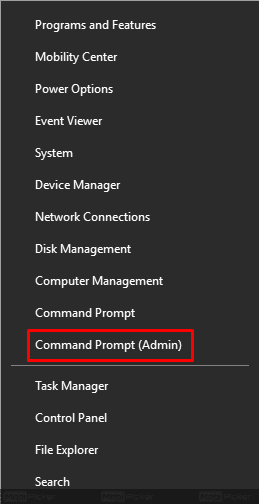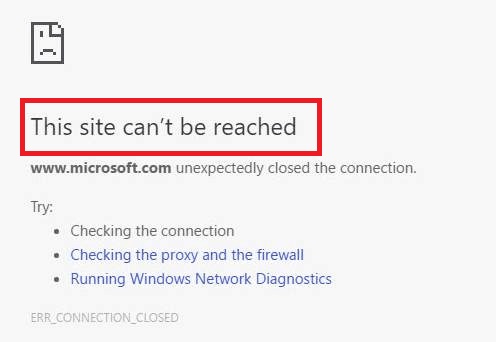
Click your connection, click Advanced, and then the DNS tab.

Scroll down and tap Advanced, and toggle on "JavaScript" if it's turned off. Safari: Open your iPhone or iPad Settings and select Safari.X Research source On Android, tap the three dots next to the address bar, select Settings, tap Site settings, and then select JavaScript.

Chrome for Android: If you're using Chrome on iPhone/iPad, JavaScript is on and there's no way to turn it off.If "Enable JavaScript" is not checked, check the box now. Safari: Click the Safari menu, select Preferences, and then click the Security tab.Type "javascript.enabled" into the search field and make sure the value is set to "True." If it isn't, double-click the word false to make it so.

Firefox: Enter about:config into the address bar and confirm that you want to proceed.If not, click it and toggle the switch to On. Click Cookies and site permissions in the left panel, and then look for "JavaScript" under "All Permissions." If it says "Allowed," you're good. Edge: Click the three-dot menu and select Settings.Click Site settings under "Privacy and security." If JavaScript is disabled, click it and select Allowed. Chrome: Click the three-dot menu, select Settings, and then click Advanced in the left panel.Check your browser settings to ensure that it is enabled: If JavaScript has been disabled, you'll encounter difficulties loading a lot of popular sites. JavaScript is enabled by default on web browsers.


 0 kommentar(er)
0 kommentar(er)
